The National Palace Museum Video Tour
The National Palace Museum, if you're heading to Taiwan it is a must see visit to spend the entire day. The variety, quality and breathtaking depth of the collection will overwhelm you.
Not only seeing the objects themselves, but be sure to to read and absorb as much as possible that's been provided by the museum. Yes audio headphones are of course available and are highly recommended.
The National Palace Museum located in Taipei Taiwan is in the top 2 among the finest Chinese art museums in the world. With over 700,000 objects all of only the very finest quality, covering all periods and mediums it is a treasure trove unlike any other.
If you're not in a position to visit the National Palace Museum any time soon, or aren't sure if it's really worth the flight, we used the museums site , it images and visual tour to create the video below. We hope you like it.
National Palace Museum Visual Tour of Chinese Ceramics
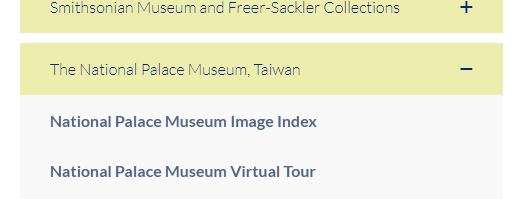
Bidamount Home Page: Visual tour link to the National Palace Museum
A few things in the collection from the video.
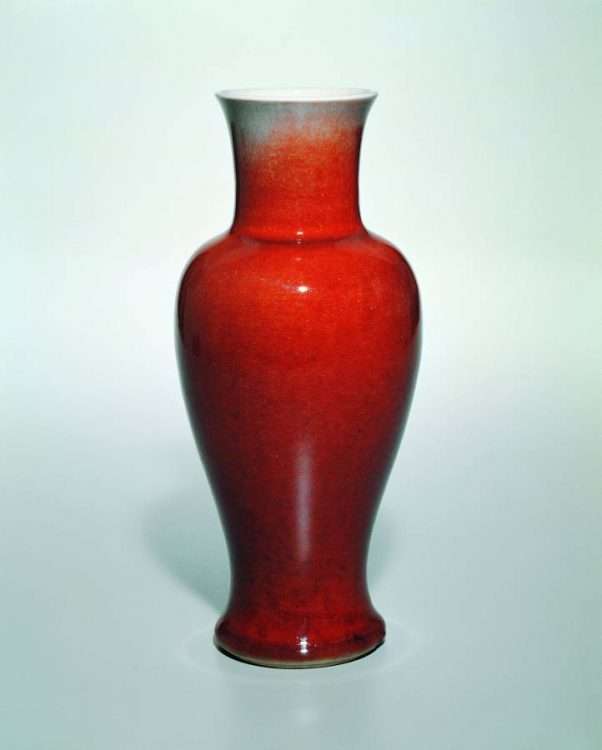
Kangxi Langyao Vase
Height: 25.6 cm, rim diameter: 7.3 cm, base diameter; 11.1 cm
In the period from 1705 to 1712, during the Kangxi reign, Lang Tingji, the Governor of Jiangsi, was ordered to go to Jingdezhen kilns factory and manage the firing of ceramics at the imperial kiln works.
Among the porcelains produced there was a red-glazed vessel in imitation of one that goes back to the Xuande reign (1426-1435) in the Ming dynasty. Its strikingly beautiful color is especially attractive.
Since Lang Tingji oversaw the production of ceramics there, it became known as "Lang-ware Red." The shape of this vessel is similar to the purification vase seen held in the hand of the Buddhist figure Guanyin, which is why it is also known as a Guanyi tsun-vase. The irregular shedding of the glaze at the mouth here is typical of the style of Lang-ware red.
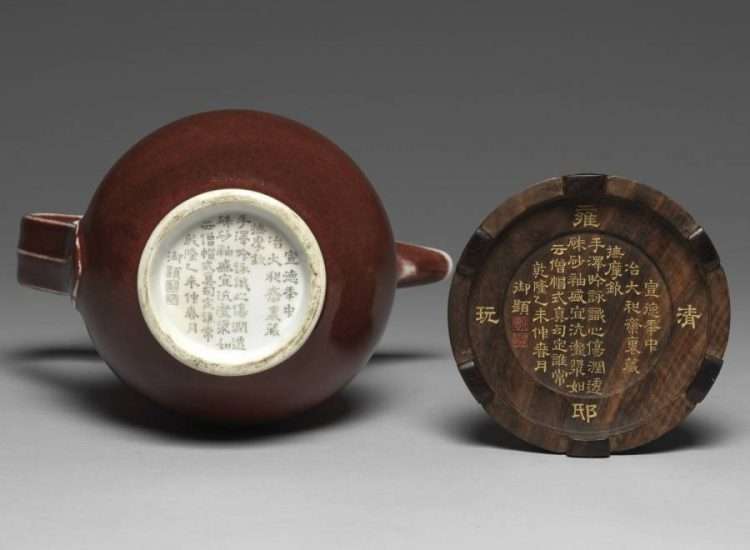
Xuande Copper Red Monks Cap Ewer
Height: 19.2 cm, length of mouth: 16.1 cm, width of mouth: 11.2 cm, diameter of base: 7.6 cm, depth: 16.6 cm, weight: 880 g
The top of this ewer, with its stepped rim in three levels, resembles the cap worn by Tang dynasty monks, from which this type of ewer derives its name. It has a pointed spout and a flat handle decorated with a "ju-i" motif at both ends. In addition, it is attached to the curvature of the belly at one end and the rim at the other.
The upper part of the handle has an extension that goes vertically up, ending at the same height as the rim. The vase has a straight neck, a rounded belly, and a ring foot. The lid, which is staggered in three levels, has a round knob. At one end of the lid is a small hole; the other end is extended out to ensure a close fit with the spout.
The vase is completely covered in a vibrant red glaze, the surface of which is pitted due to minute bubbles in the glaze in an effect known as "orange peel." The glaze is thinner at the rim, foot, base of the rim, and along the edges of the handle, revealing a white border at these places. The inside and bottom of the base are white with a hint of green. The body itself is very thin throughout, and the original color is visible at the ring foot, showing it to be a delicate, pure white slightly speckled with iron spots.
There is no reign mark, although the base is inscribed with a poem written by the Qianlong Emperor (r. 1736-1795) in the Qing dynasty that followed, dating it to the reign of the Xuande Emperor of the Ming dynasty, and saying that it was kept in the Dahe (Great Harmony) Study. The poem, which is followed by two imperial colophon seals, goes on to extol the virtues of the vase. The stand is also inscribed with a seal to the effect that it was admired by the Yongzheng Emperor (r. 1723-35): it is thus clear that this piece was a favorite of both the Yongzheng and Qianlong Emperors. The ruby red glaze of the Xuande reign enjoyed wide popularity, and the white border at the rim, foot and other edges were very popular features accompanying this glaze.
This particular vase was also much admired by the Qing emperors' concubines, and is found in one of four famous paintings depicting the concubines of the Yongzheng Emperor (an art made by an anonymous Qing artist); the red vase is shown on a concubine's dressing table alongside other bronzes and Ju official wares.

Below are just a few more examples of what you will see.
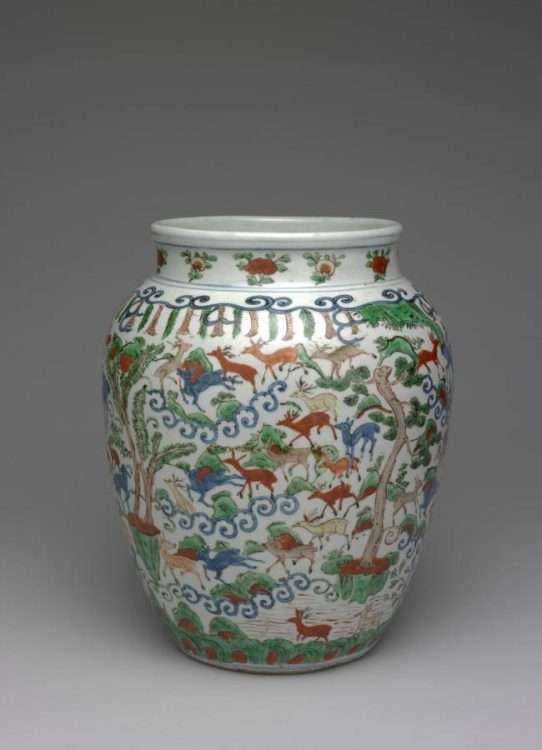
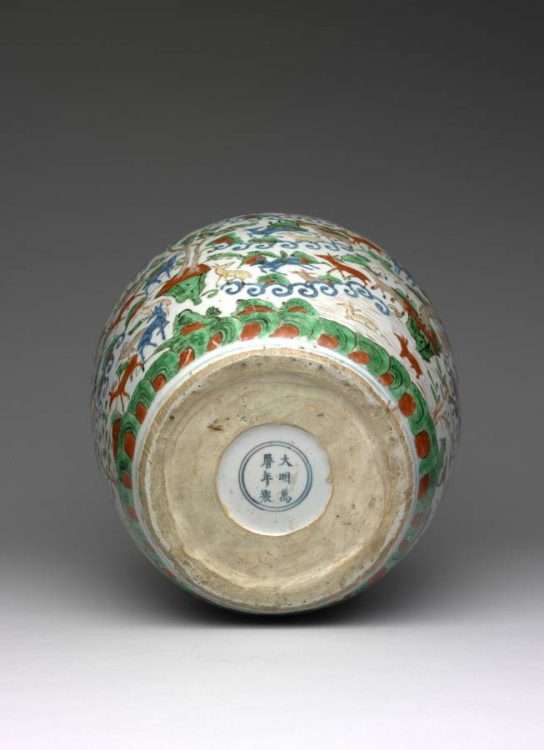
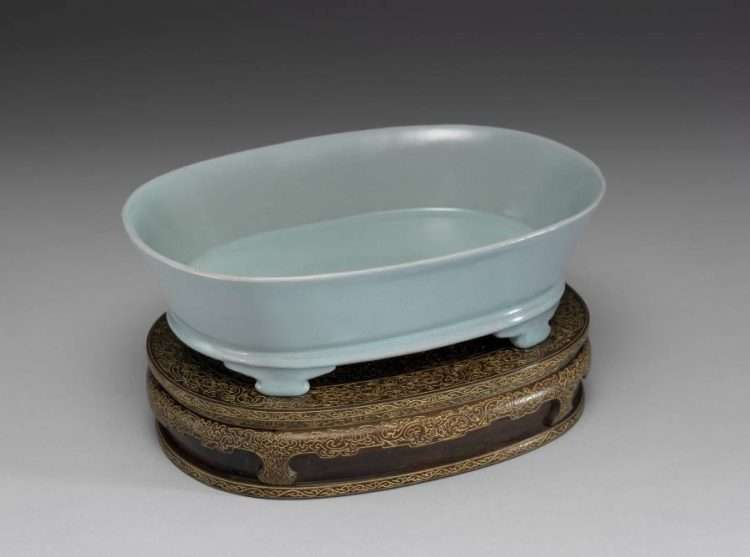
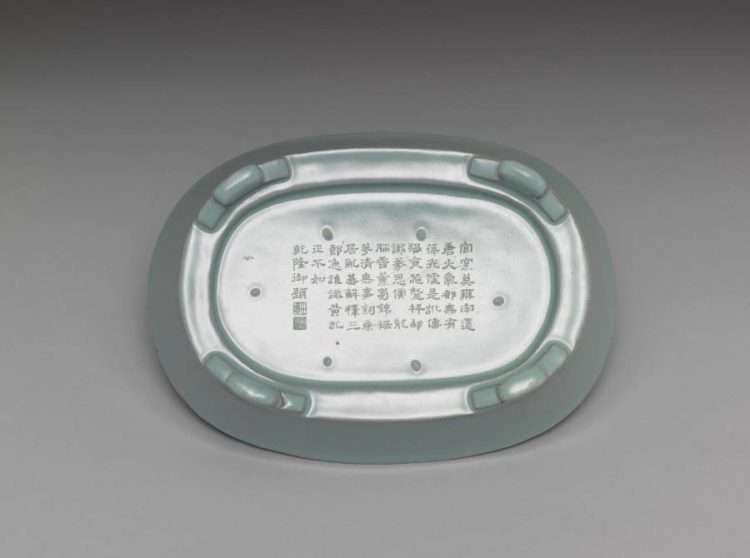
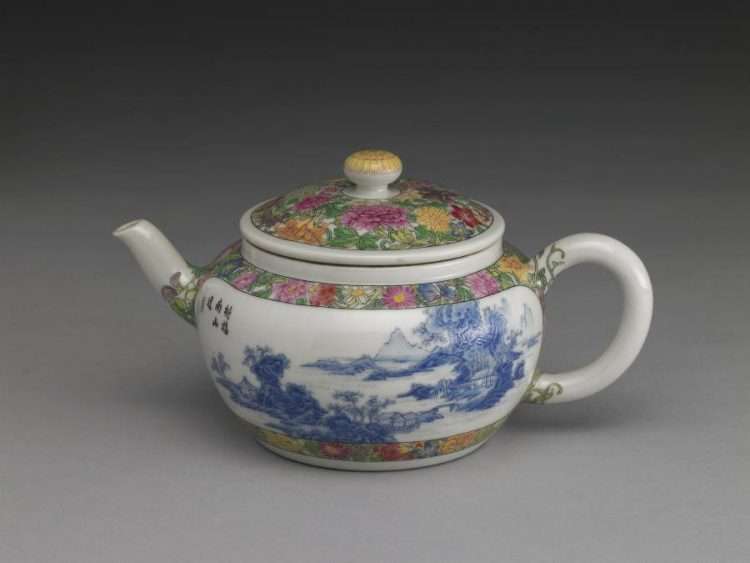
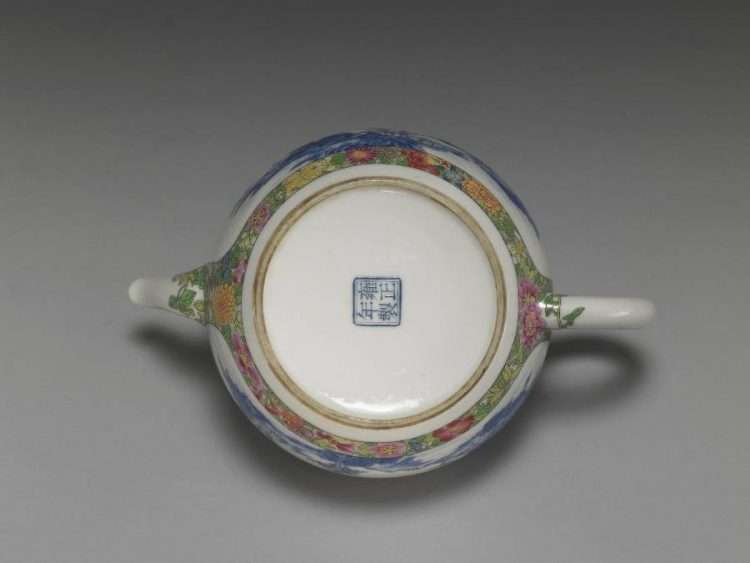
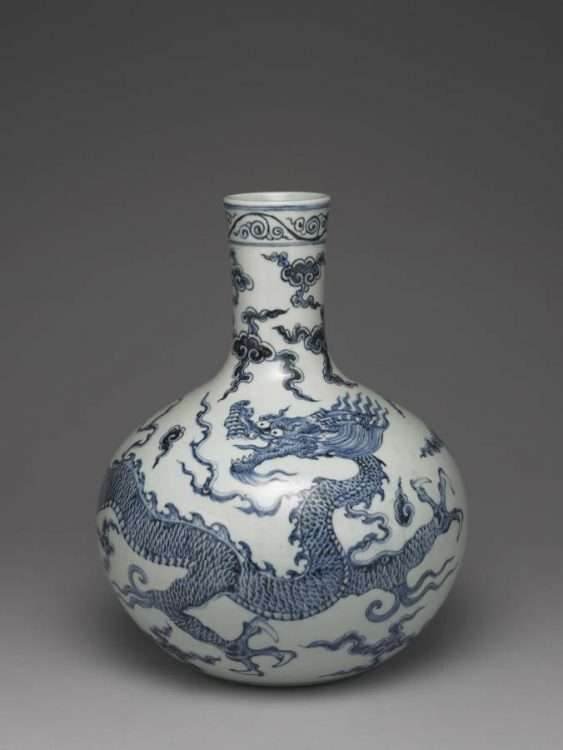
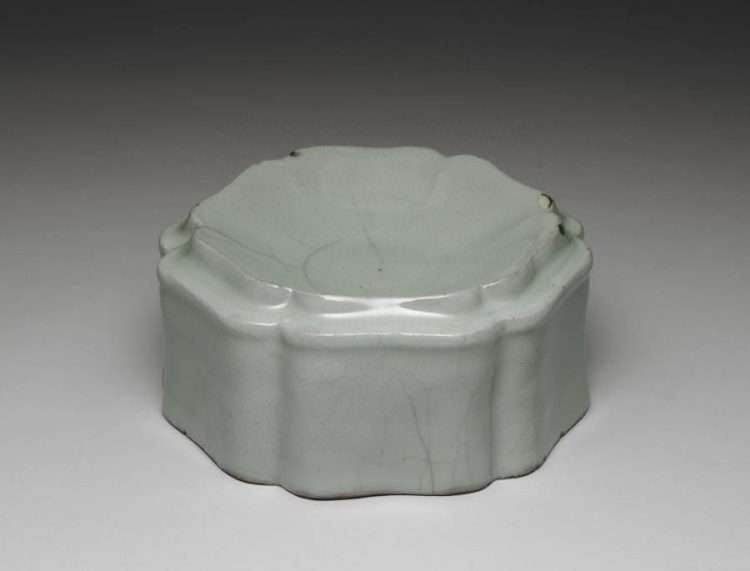
If you enjoy Chinese and Asian ceramics, art and culture as much as we do, we hope you enjoy the video we've prepared.
Leave a Reply